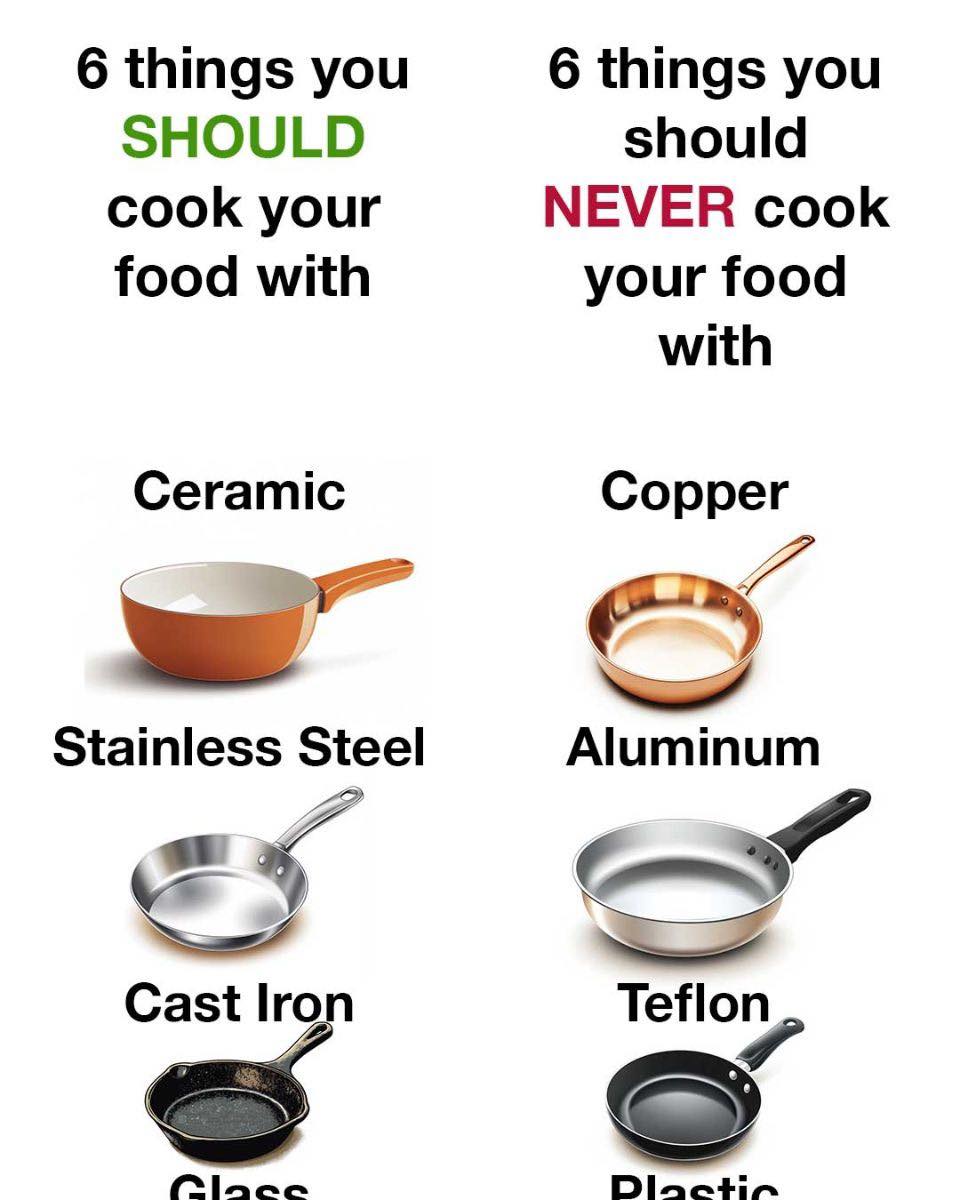ADVERTISEMENT
4. Dutch Ovens
A Dutch oven is a heavy, thick-walled pot that excels at slow cooking, braising, and stews. These pots are perfect for making soups, stews, casseroles, and even baking bread! They’re often made of cast iron with an enamel coating for easier maintenance.
Why use it?
- Slow cooking perfection: Dutch ovens provide even heat and can be used for long cooking times without worrying about burning.
- Versatile: You can use it for stovetop cooking or in the oven.
- Holds heat: Ideal for cooking large batches of soups, stews, and roasts.
5. Wooden Spoons
Wooden spoons have been a kitchen staple for centuries, and for good reason. They’re perfect for stirring, mixing, and tasting your dishes. The non-reactive nature of wood ensures your food doesn’t pick up any unwanted flavors, and they won’t scratch your pots and pans.
Why use it?
- Gentle on cookware: Wooden spoons won’t scratch delicate surfaces like nonstick pans.
- Heat-resistant: Unlike metal spoons, they don’t conduct heat, making them safer to handle.
- Flavor preservation: Wood doesn’t react with acidic ingredients, which helps preserve the natural flavor of your food.
6. Pressure Cookers
Pressure cookers are excellent for cooking food quickly while retaining moisture, vitamins, and nutrients. Whether you’re making beans, stews, or even rice, a pressure cooker speeds up cooking times significantly without sacrificing flavor.
Why use it?
- Time-saving: Pressure cookers drastically reduce cooking times, making them perfect for busy schedules.
- Locks in flavor and nutrients: The sealed environment helps foods cook faster while preserving their taste and nutrients.
- Versatile: Great for soups, stews, meats, and even desserts like cheesecakes or rice puddings.
6 Things to Never Cook Your Food With:
1. Aluminum Cookware
While aluminum cookware is lightweight and inexpensive, it can react with acidic foods like tomatoes and citrus, which can affect the flavor of your dishes. Additionally, over time, it can develop pitting, especially when used for high-heat cooking.
Why avoid it?
- Reactivity: Aluminum reacts with acidic foods, causing off-flavors.
- Health risks: Cooking in poorly coated aluminum pans may lead to the ingestion of small amounts of aluminum, which some studies have linked to health issues.
- Poor heat distribution: Aluminum doesn’t distribute heat as evenly as other materials like stainless steel or cast iron.
2. Teflon (PTFE) Coated Cookware
Teflon-coated cookware has long been a popular choice for nonstick cooking. However, when heated to high temperatures, Teflon can release toxic fumes that may pose a health risk. The coating can also wear off over time, causing potential contamination of your food.
Why avoid it?
- Health concerns: When Teflon is heated to over 500°F, it can break down and release toxic fumes, which can be harmful.
- Durability: Over time, the nonstick surface can wear off, leading to peeling and contamination of your food.
- Not heat-resistant: Teflon is not designed for high-heat cooking, and using it at those temperatures can damage both your cookware and your health.
3. Copper Cookware (Without a Lining)
Copper cookware is great at conducting heat, but it’s not the most practical for cooking certain foods. Copper can react with acidic foods, such as tomatoes or vinegar, causing discoloration and altering the taste of your dishes.
Why avoid it?
- Reactivity: Copper reacts with acidic foods, which can negatively affect flavor and lead to health risks.
- Expensive and delicate: Copper cookware can be expensive and prone to tarnishing or damage. If you do choose copper, make sure it’s lined with stainless steel.
4. Plastic Utensils in High-Heat Cooking
Plastic utensils are common in many kitchens, but they should never be used when cooking at high temperatures. Plastic can melt or warp when exposed to heat, contaminating your food and potentially releasing harmful chemicals.
Why avoid it?
- Melting or warping: Plastic utensils can warp or melt when used in hot pans, leading to food contamination.
- Chemical leaching: Some plastics contain harmful chemicals like BPA, which can leach into your food when heated.
5. Non-Stick Aluminum Foil
While aluminum foil can be a great tool for wrapping food for baking or grilling, non-stick aluminum foil should be avoided in certain situations. The coating on non-stick foil can be problematic, especially when it comes into direct contact with high-heat surfaces, releasing chemicals into your food.
Why avoid it?
- Toxicity concerns: Some non-stick coatings, especially those with PTFE, can break down under high heat and pose health risks.
- Inconsistent performance: Non-stick foil may not deliver the same results as regular foil, especially for high-heat grilling or roasting.
6. Teak Wood Cooking Utensils
Teak wood is a beautiful and durable material, but it’s not the best choice for cooking utensils. While it’s great for furniture, it’s less than ideal for food preparation due to its density and the fact that it can absorb moisture, oils, and food particles.
Why avoid it?
- Absorbs moisture and food: Teak can absorb oils and moisture, leading to bacteria build-up and odor retention.
- Can crack: The density of teak makes it prone to cracking or splitting, especially when exposed to high heat.
Conclusion:
The tools you use in the kitchen can dramatically affect the quality of your cooking and the safety of your food. By investing in the right utensils, cookware, and tools, you can elevate your cooking experience while avoiding the pitfalls of using the wrong items. Stick with durable, non-reactive materials like cast iron, stainless steel, and nonstick pans, and steer clear of aluminum cookware, Teflon, and plastic in high-heat situations. With these guidelines in mind, you’ll be able to cook with confidence and enjoy delicious meals every time!
ADVERTISEMENT
ADVERTISEMENT
